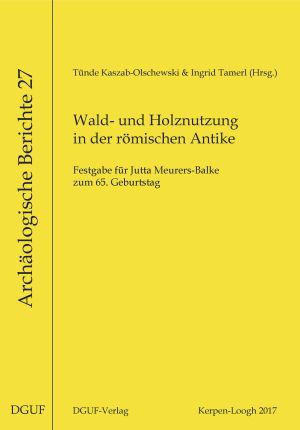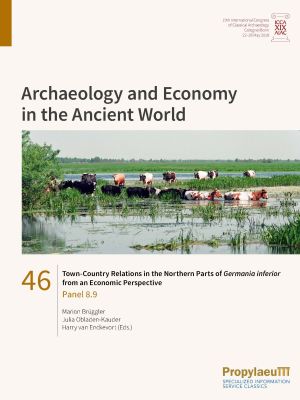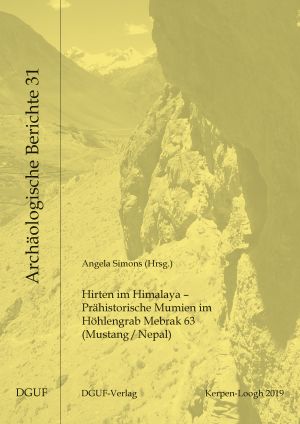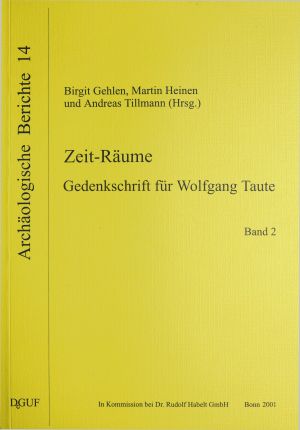Meurers-Balke, Jutta
Vergangene Zeiten - LIBER AMICORUM: Gedenkschrift für Jürgen Hoika
Auf dem Holzweg … Eine Würdigung für Ursula Tegtmeier
...
Wald- und Holznutzung in der römischen Antike: Festgabe für Jutta Meurers-Balke zum 65. Geburtstag
Town-Country Relations in the Northern Parts of Germania inferior from an Economic Perspective: Panel 8.9
The province Germania inferior is an interesting candidate for investigating town-country relations. While its southern part borders on the distribution area of oppida, its northern parts had no Iron Age tradition of large settlement agglomerations. Nonetheless, in the Roman period towns were founded here: the Colonia Ulpia Traiana (Xanten) and the municipia Ulpia Noviomagus (Nijmegen) and Forum Hadriani/Municipium Aelium Cananefatium (Voorburg). An important economic agent of the time was the Roman army with its numerous forts along the Lower German Limes. These massive and new agglomerations of persons that were not primarily involved in food production must have posed a challenge to the supply of provisions – in food as well as other commodities.
This panel summarises and compares the town-country relationships in two civitates: the civitas Cugernorum with its capital Colonia Ulpia Traiana and the civitas Batavorum with its capital Municipium Ulpia Noviomagus. What supply strategies for the towns can be discerned? In what way did the primary centres influence the countryside? Are there differences between the civitates? Do they differ from those in the southern parts of Germania inferior? And if so, what are the reasons for it? Another focus are methodological questions, such as : with the data that we have, can we answer these questions? And if that is not the case, what other methods may be applied to gain a deeper insight into this aspect of Roman economy?
Hirten im Himalaya – Prähistorische Mumien im Höhlengrab Mebrak 63 (Mustang/Nepal)
This publication reports the results of the archaeological investigation of the prehistoric burial cave Mebrak 63 in Dzong valley, a high mountain valley in the Nepal Himalayas. 15 authors describe the excavation and present the interpretation of the complex archaeological findings and remains in ten chapters. In the appendix primary data are included: tables, the catalogue and plates of the archaeological finds.
Co-operation between archaeology and anthropology, textile archaeology, archaeo-botany and dendro-archaeology made it possible to reveal to a great extent the meaning of the prehistoric grave chamber and to come close to the people who were entombed in the collective burial cave in the last millennium before the Christian era. The analysis of the findings which, due to their preservation, are so far unique, provides insight into the way of life and the wide spread exchange and trade links of the prehistoric pastoralists.
Zeit-Räume: Gedenkschrift für Wolfgang Taute












